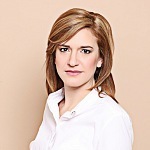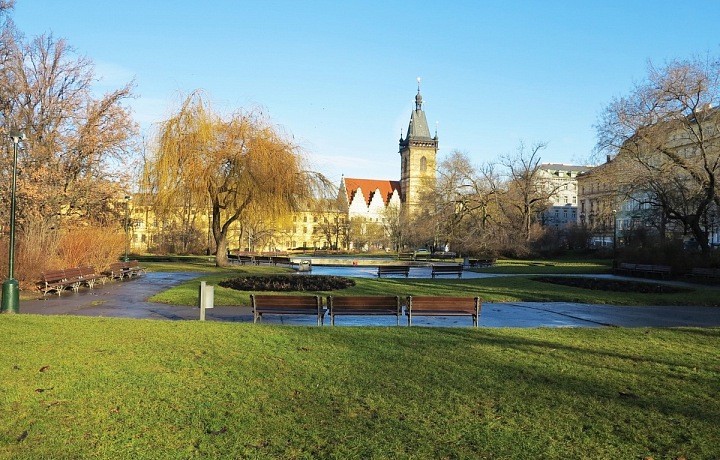Let’s meet at “Charles Square”: story of the largest square in Czechia
Charles Square was built under Charles IV along with the construction of Nové Město (New Town). It surely didn’t start off as the peaceful park we know today.
On the contrary, Charles Square was the site of lively trade. There was livestock trade (hence the former name of Cattle Market), as well as fish and wheat trade. After 1354, it also became a pilgrimage site. In the middle of the square stood the wooden Chapel of the Body of Christ, where Charles IV displayed the imperial crown jewels and holy relics every Easter.
The square in the hands of landscape architect František Thomayer
In 1843, the square was entirely transformed under the hands of landscape architect František Thomayer. He united both parts of the square architecturally and planted the luxuriant circle of trees. Today, there are 350 trees of 48 species, which are a part of the urban historical reservation! Among others, there are maples, oaks, plane trees, linden trees and chestnut trees.
Today, Charles Square is a luxurious park with 80,550 m² of space, decorated with fountains and 7 statues of prominent Czech personalities. There is a statute of Eliška Krásnohorská, Karolína Světlá, naturalist and physician Jan Evangelista Purkyně, poet Vítězslav Hájek, botanist Benedikt Roezl and Jan Želivský, and a plague column with a statute of St. Joseph with the Baby Jesus.
Square surrounded by luxurious buildings
The oldest building and landmark of the square is the New Town Hall, where the first Prague defenestration took place on 30 July 1419. The current buildings were designed by architects Kamil Hilbert and Antonín Wiehl.
Equally interesting is the Church of St. Ignatius from the year 1665, the Czech Technical University building from the 1870s by Vojtěch Ignác Ullmann, and the luxurious Faust Building (Mladota Palace). It is famous for having belonged to Emperor Rudolph II’s alchemist Edward Kelly, and from the 18th Century it was home to Ferdinand Antonín Mladota, who engaged in studying the natural sciences and scientific experiments.
Revitalisation of Charles Square
Nobody knows when it’s going to happen, but the matter has been on the table since 2008. Several proposals have seen the light of day, but none of them have been approved yet.














